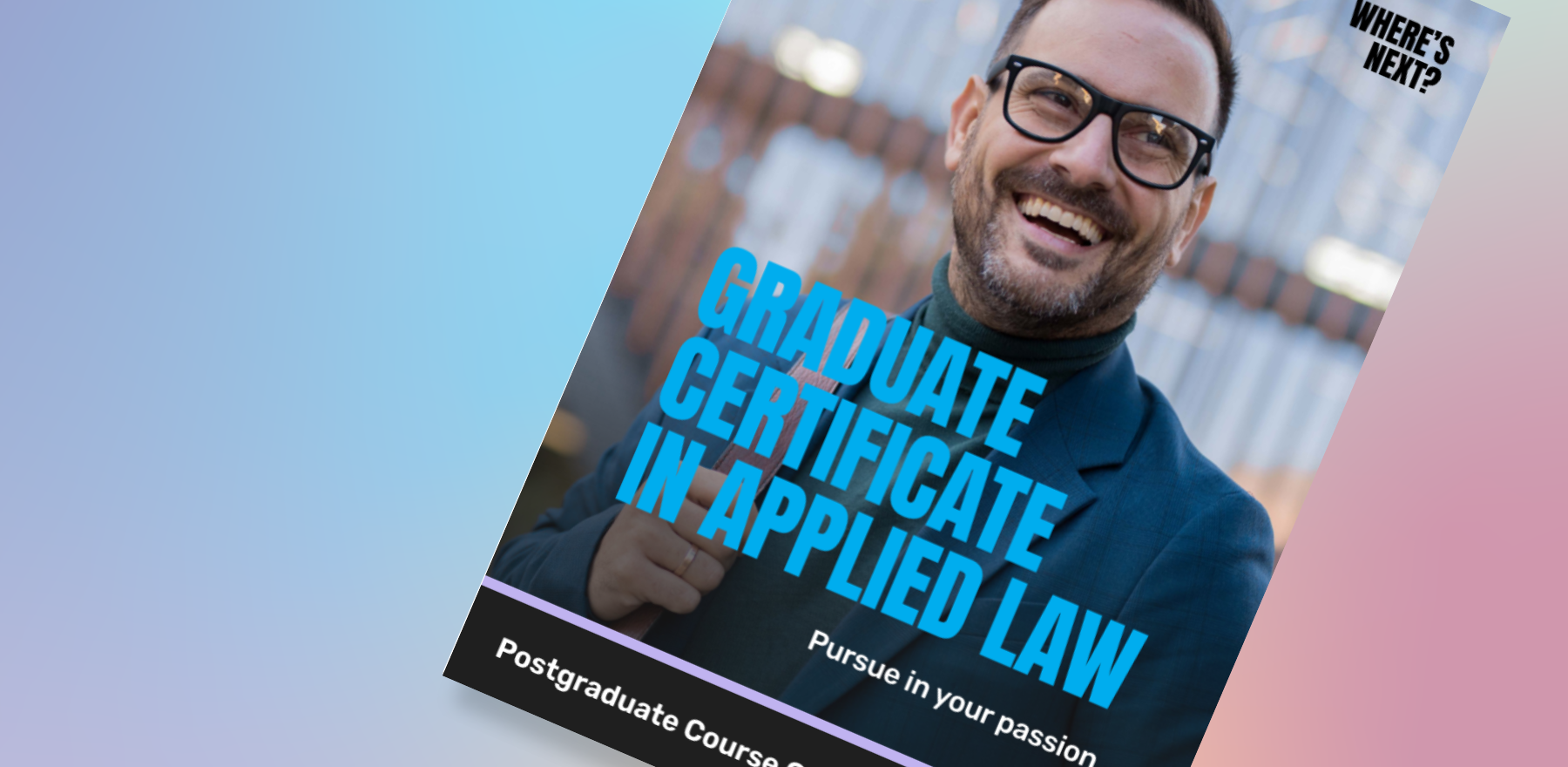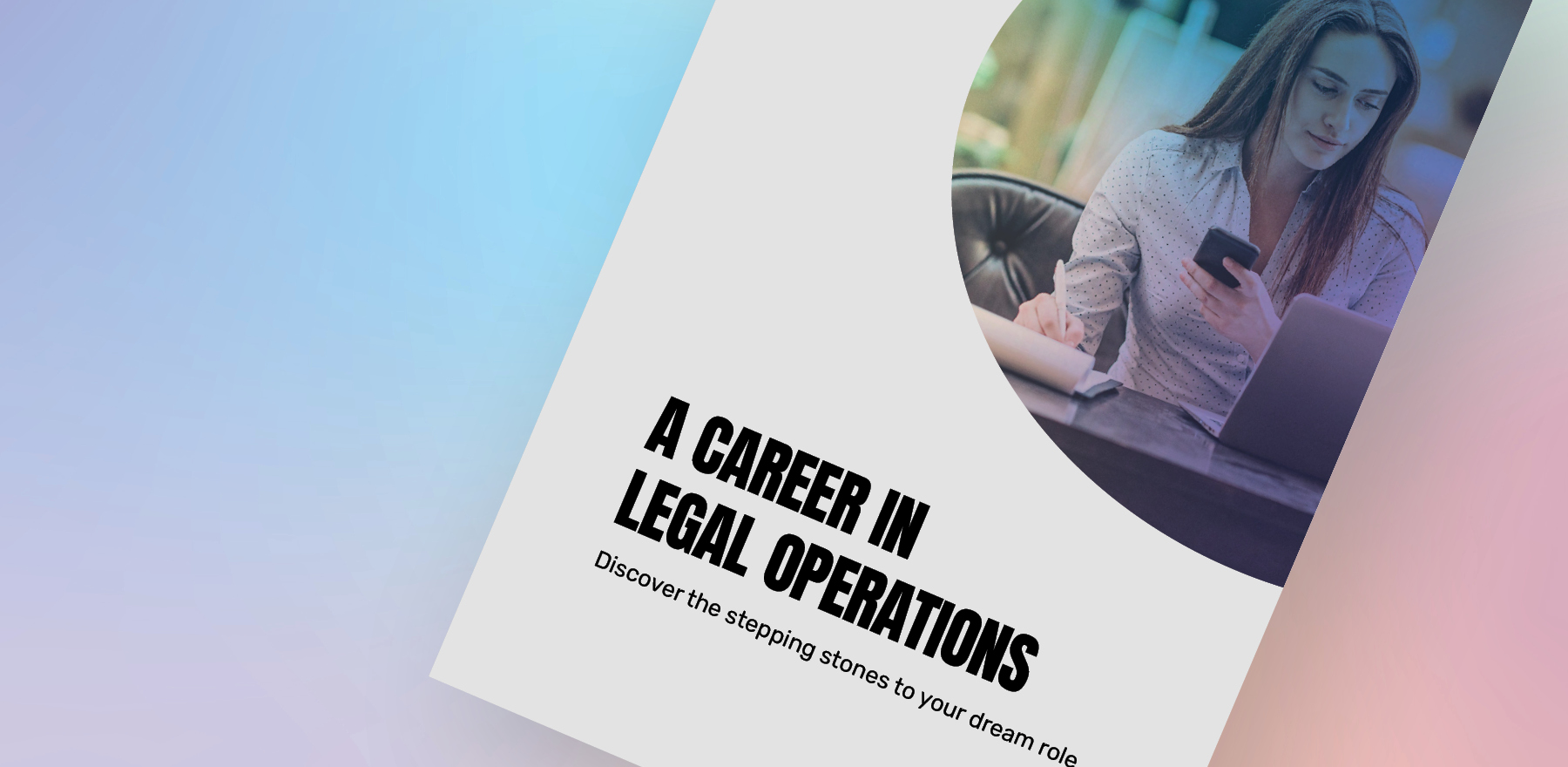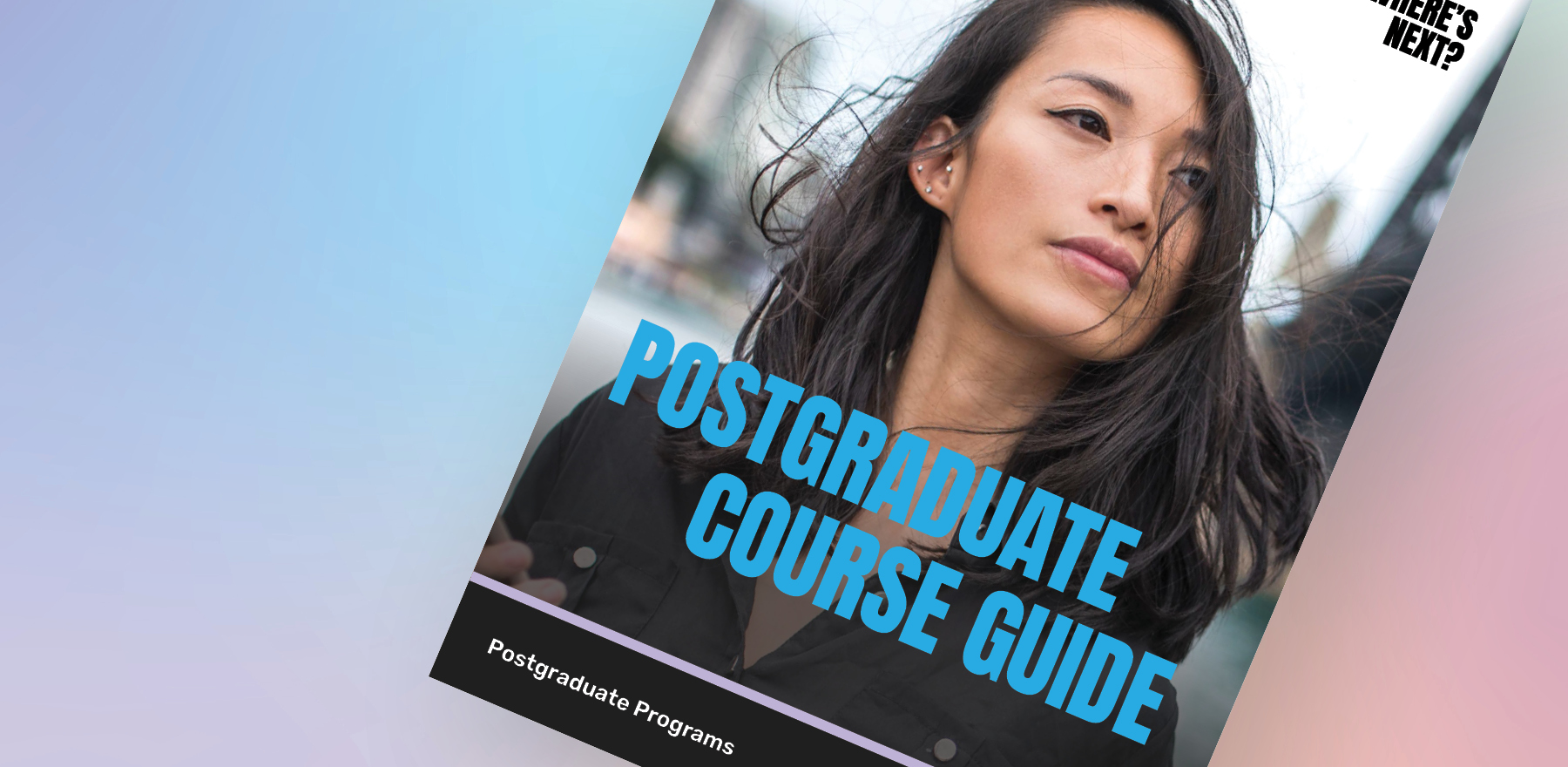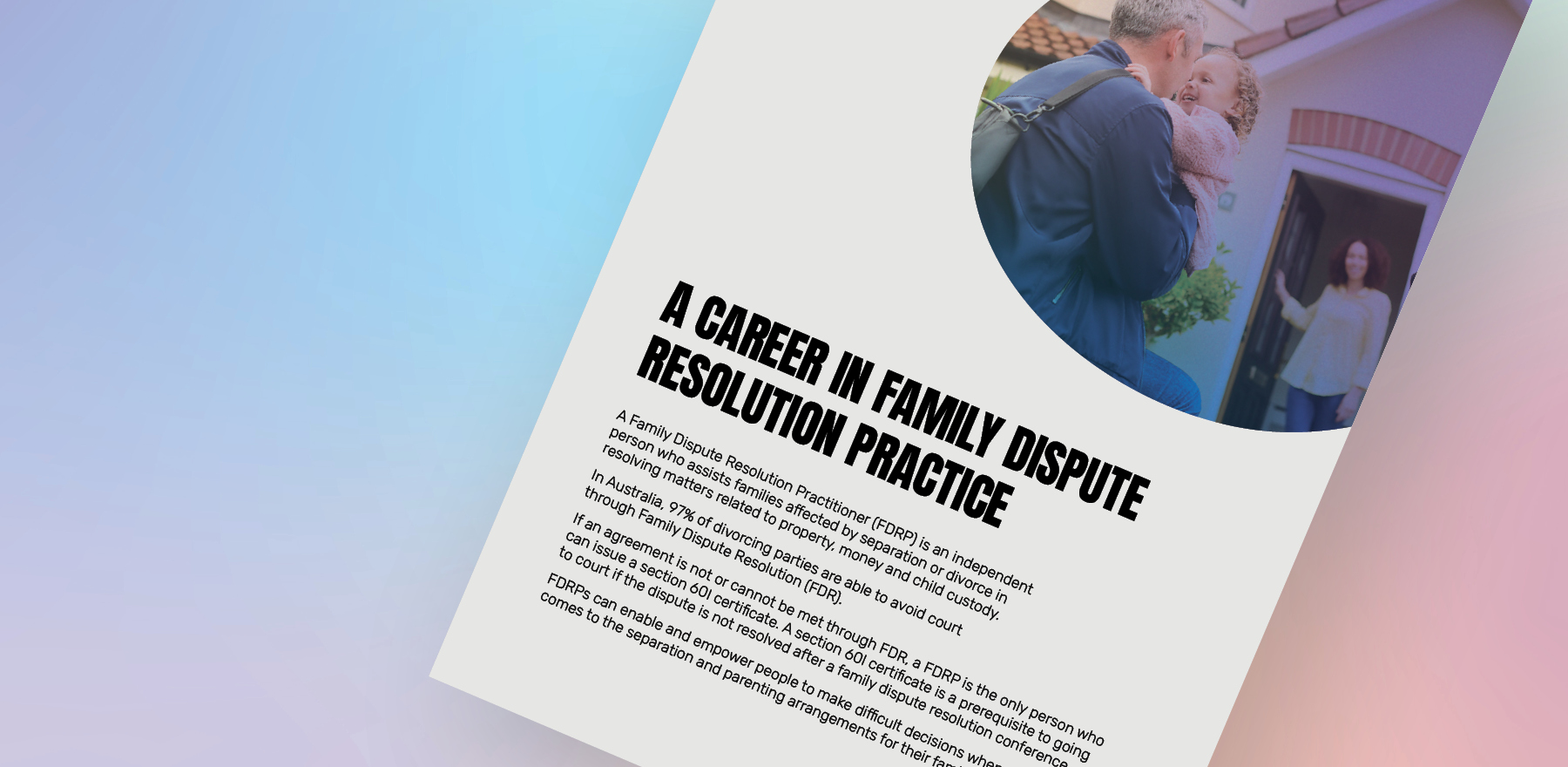Working with neurodivergent clients can present unique complexities. From communication barriers to navigating sensory sensitivities, lawyers must possess a specialised skill set to effectively represent these individuals.
In this interview, we speak with Kathryn Schuck, Principal of Inclusive Family Law and Mediation, to explore the biggest challenges lawyers face when working with neurodivergent clients. We'll also delve into proven strategies for building trust, fostering clear communication, and ensuring the best possible outcomes for these clients.
Please read on for helpful advice on how to work with Neurodivergent Clients.
You can’t support what you don’t understand
Listening is a crucial first step to understanding the needs of any client, including a neurodivergent client.
“Some of the biggest challenges come from lawyers not taking the time to listen and understand their client's needs,” Kathryn says. “You can’t support needs you don’t understand.”
“Although many neurodivergent clients will disclose their neurodivergence and can articulate their support needs, lawyers should not expect this.”
Clients may have been misdiagnosed with mental health issues, rather than neurodivergence, creating a difficult situation for both clients and lawyers.
“Ultimately, the obligation is on the lawyer to work with the client and to make adjustments that support the client,” Kathryn says. “Some lawyers love sending long letters. I despise them. Neurodivergent clients, including those who have learning difficulties such as dyslexia and dysgraphia, should not be expected to engage with lengthy and complicated correspondence.”
“Neurodivergent clients have many strengths. Lawyers who see neurodivergence as a deficit, rather than a difference, may overlook their client’s strengths, which can be detrimental to a client and their case.”
If you don’t take the time to understand neurodivergence, you may not recognise that neurodivergent people may communicate differently to neurotypical people.
“As a result, lawyers may misinterpret their client’s behaviour and communication,” Kathryn says. “For example, a client may be quite direct and avoid eye contact. Lawyers may misinterpret the client’s behaviour and consider them rude or evasive, when this is not the case.”
Strategies to build communication and trust
Given the communication needs neurodivergent clients may have, it’s imperative to implement strategies to foster trust and effective communication.
“Be curious, open, and understanding,” Kathryn advises. “Take the time to understand the client as a person, as well as their legal problem. You don’t have to be an expert in neurodivergence but you should make a genuine effort to connect and build rapport with the client.”
“Ask your client whether they prefer person first (e.g. I am Autistic) or identity-first language (e.g. I am a person with Autism),” Kathryn suggests. “Ask your client for their preferred pronouns and use them. Make a conscious effort to remember and respect their preferences. If you make a mistake, acknowledge the mistake and apologise.”
“Effectively advocating for the needs of any client requires you to understand their needs,” Kathryn says. “When your client is talking, listen without interruption. If your client communicates their needs to you and trusts you with this information, listen. Take the time to understand what they think they need from you.”
It’s worth taking the time to ensure you treat neurodivergent clients with the same respect you would show to neurotypical clients.
“It may take time to build a relationship of mutual trust and respect with your client,” Kathryn says. “Invest time in building this. Many neurodivergent people have felt disempowered by systems that were not designed for them. The legal system is no different. Empower your clients to make informed decisions by engaging with them and providing clear advice.”
Specific actions can also assist - for example, reviewing your client intake process.
“As part of your intake process, include questions and opportunities for discussions about accessibility and communication preferences,” Kathryn says. “If the client has a preference for how to engage, those preferences should be accommodated wherever possible.”
“Avoid making assumptions that a particular strategy will work,” Kathryn cautions. “Although there are commonly occurring neurodivergent traits, every neurodivergent person is an individual. Assumptions about what a person needs based on their neurotype can be unhelpful and even harmful.”
You may need to try several different communication strategies. It’s crucial clients understand what you’re asking of them and process your advice.
“Tools that assist with executive functioning such as checklists and reminders may be helpful,” Kathryn says. “Similarly, documents that clearly set out what a client can expect at different stages of a matter may assist. Delivering information in a range of ways, such as through text, pictures, and flow charts, can cater to a diverse range of clients. Should a client prefer verbal communication, consider whether advice can be given orally, and followed up with correspondence where appropriate.”
“As a general rule, it is important to be clear in your communication and expectations of the client,” Kathryn says. “Provide time for clients to process information and ask questions. Longer appointments, including breaks, may be appropriate.”
Consider whether a treating practitioner can provide support in the legal process.
“One of my colleagues recently represented a client at a dispute resolution conference with an allied health practitioner as a support person. The lawyer was able to focus on performing their role of advocating for the client and providing legal advice while the allied health professional was able to focus on supporting the client through the process.”
Creating comfort: Accommodations for neurodivergent clients
In a world built for the neurotypical, how can you work to create an environment friendly to neurodivergent clients?
“The social model of disability tells us that people are disabled by barriers in society,” Kathryn says. “We all have an obligation to work towards removing barriers and creating equality.”
Environmental factors can impact neurodivergent clients quite differently.
“Think about what the experience would be like for a person with sensory processing difficulties,” Kathryn says. “Think about what changes would provide a more inclusive and accessible environment for the client.”
“It helps to think about what a client can see, hear, smell, and feel. What can you do to change the sensory experience for the client?”
Some questions to consider:
- Is the environment too bright or overwhelming? Can the lighting in the room be changed through a dimmer or by adjusting window coverings?
- Are there distractions, such as music, conversations, or noise from the street? Can this noise be reduced?”
- Is there a smell in the room, including a fragrance? Can it be removed?
- Is the client physically comfortable? Is there anything you can do to make them more comfortable?
“For example, I like to have a range of fidget toys available for clients to access,” Kathryn explains.
Wherever possible, Kathryn suggested offering clients a range of appointment times and scheduling conferences at a time that best suits the client.
“If other members of your office are dealing with your client, consider briefing them or placing clear notes on the file about your client’s support needs,” Kathryn says.
Practical tips to understand neurodivergence
So how can lawyers better understand neurodivergence?
“I love this question!” Kathryn shares. “There are so many resources out there which are accessible to lawyers. There are lots of different perspectives to listen to and consider.
“Talk to neurodivergent people who are comfortable talking about neurodivergence,” Kathryn suggests. “If you are on social media, you can follow profiles of neurodivergent people as well as people and organisations that promote the rights of neurodivergent people. One of my favourite accounts is speech pathologist Em Mainey (Neurowild). Em produces incredible content which explains complex concepts in a way that is accessible to both neurodivergent and neurotypical people.”
Another avenue is to browse the websites of reputable organisations and professionals.
“Organisations such as Amaze and Aspect have general information about autism on their website. Dr. Tony Attwood and Dr. Michelle Garnett have a range of masterclasses and webinars which are accessible online. Yellow Ladybugs is an organisation doing amazing things to support autistic girls and gender-diverse individuals and has a range of excellent resources,” Kathryn says.
It is also worth keeping an eye on the media for news stories, articles, and episodes about neurodivergence.
“There’s a recent Four Corners episode called, The Kids Who Can’t, featuring children experiencing severe emotional distress around school attendance, commonly associated with autism, ADHD, and anxiety. The episode provides an insight into the lives of parents and children facing these challenges,” Kathryn explains.
“Given the prevalence of neurodivergence in the general population, I believe all lawyers should undertake diversity and inclusion training, which includes training on neurodivergence. Something to think about and work towards!”











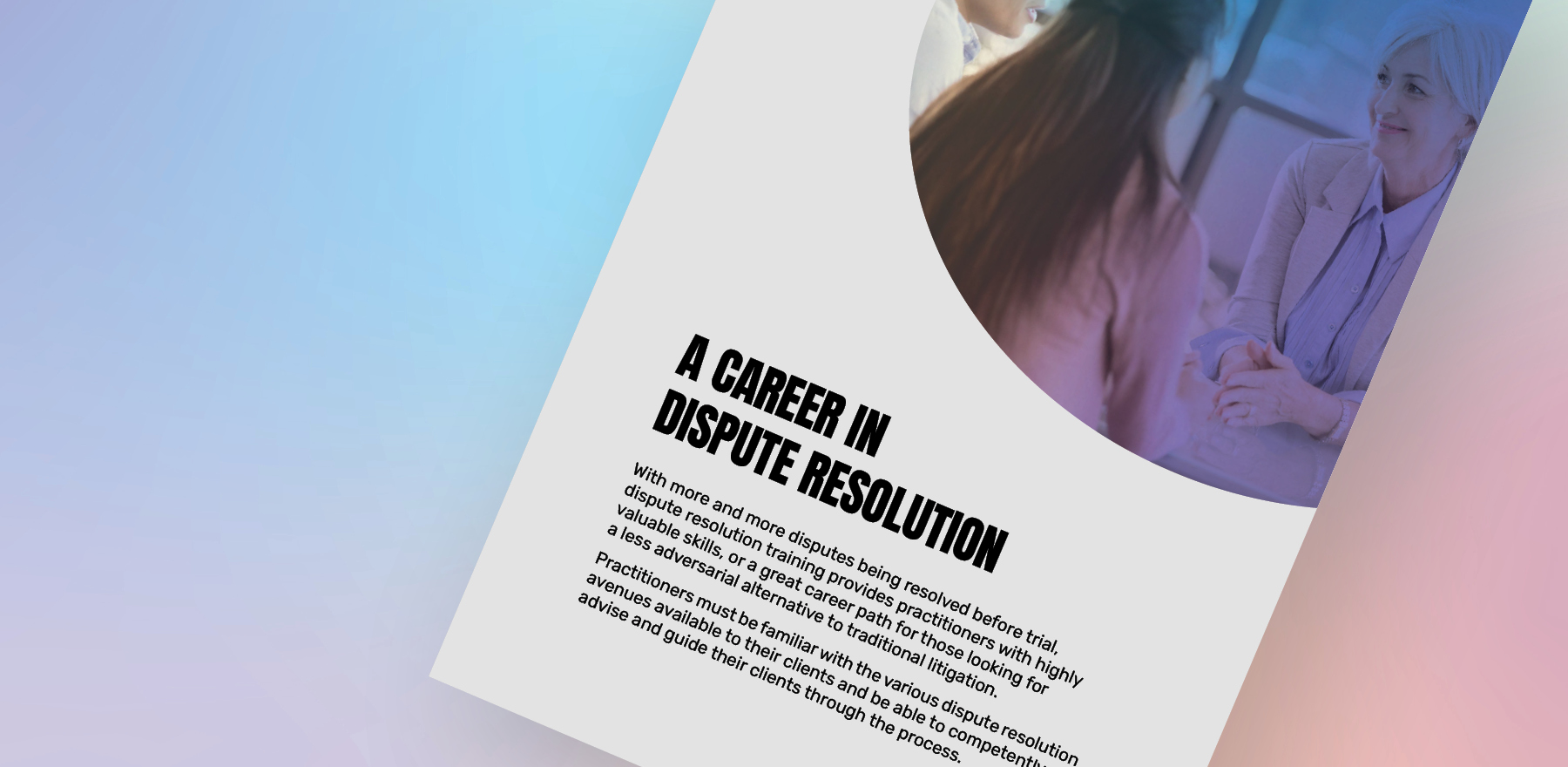
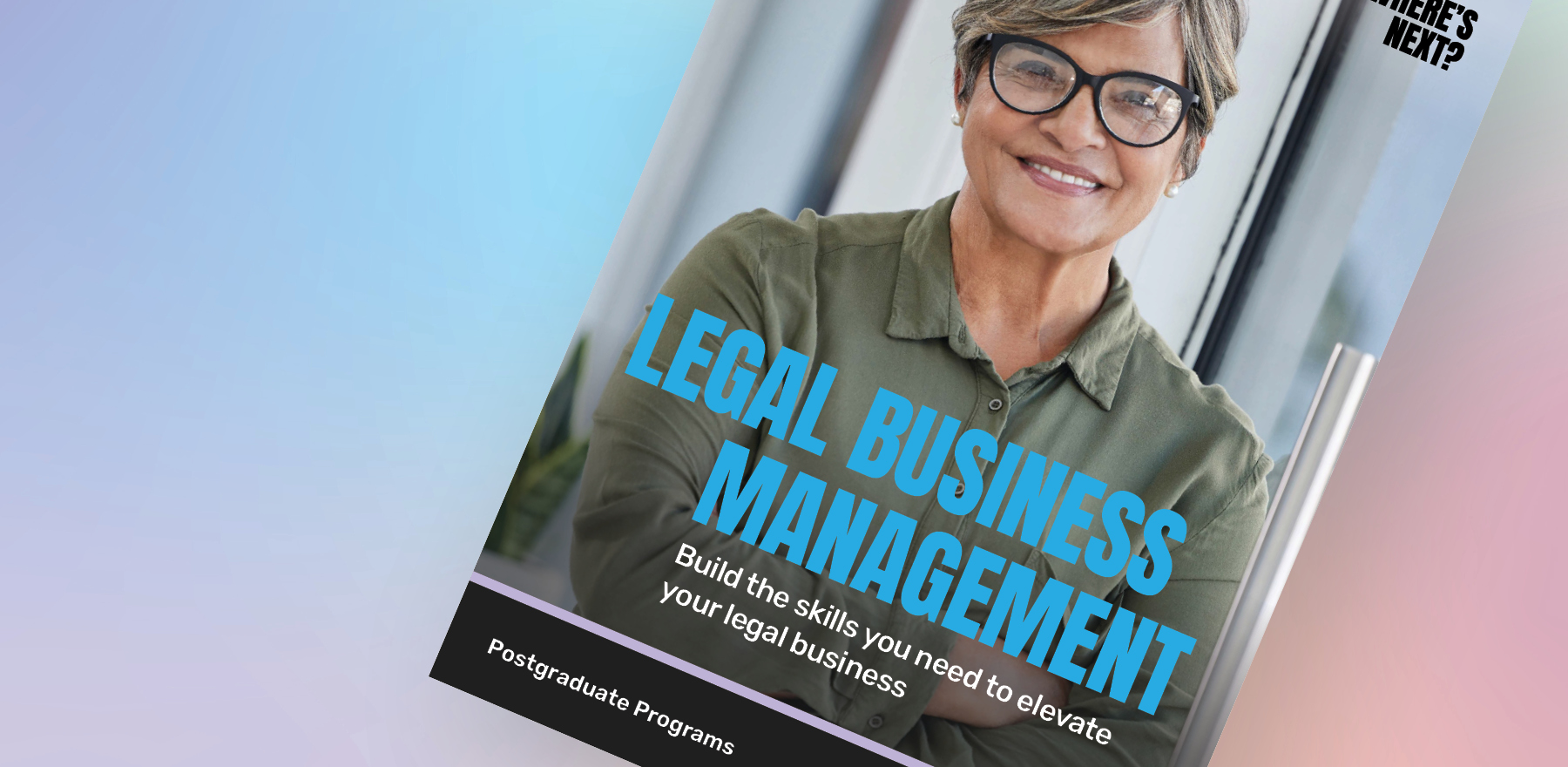
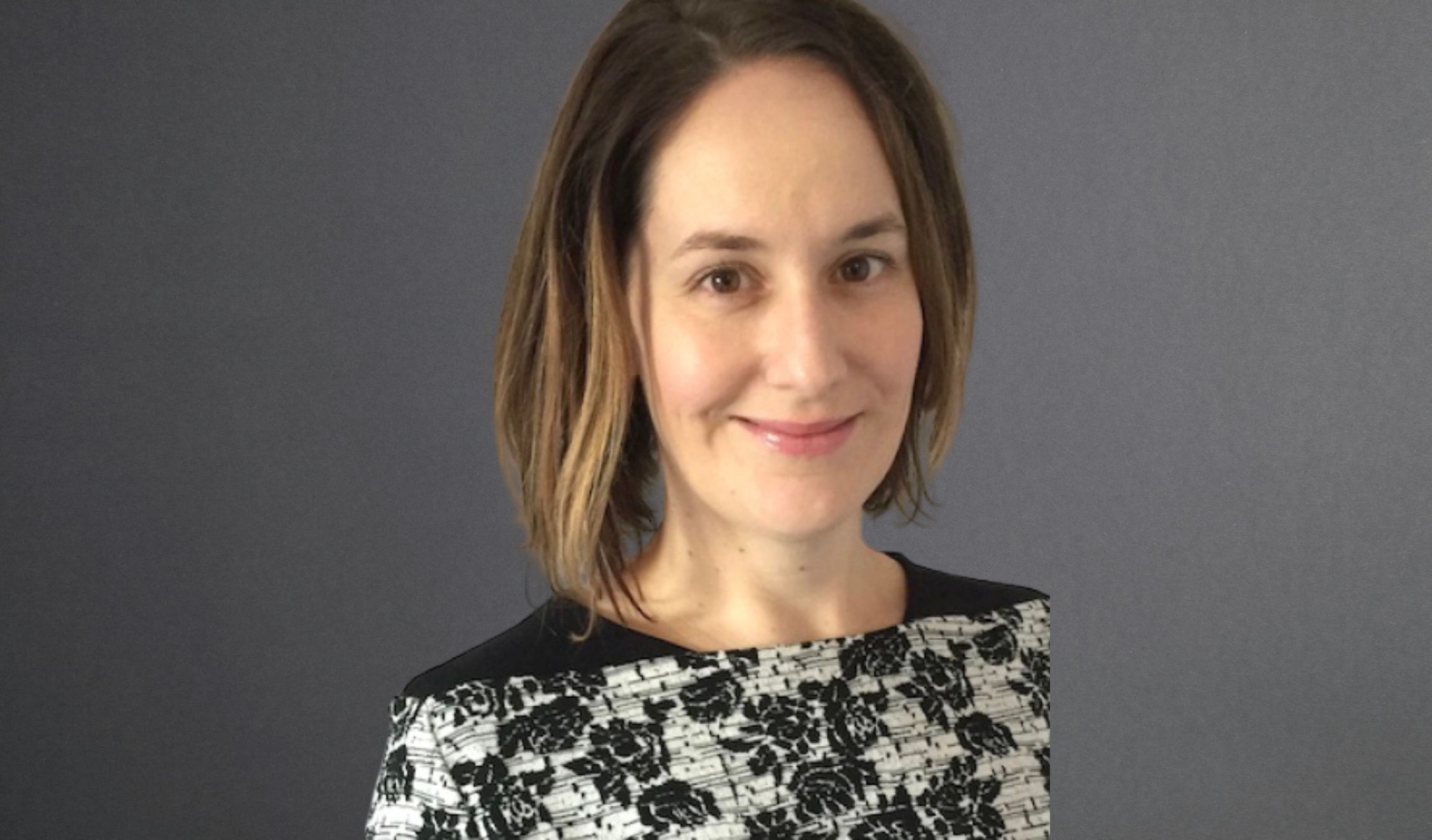

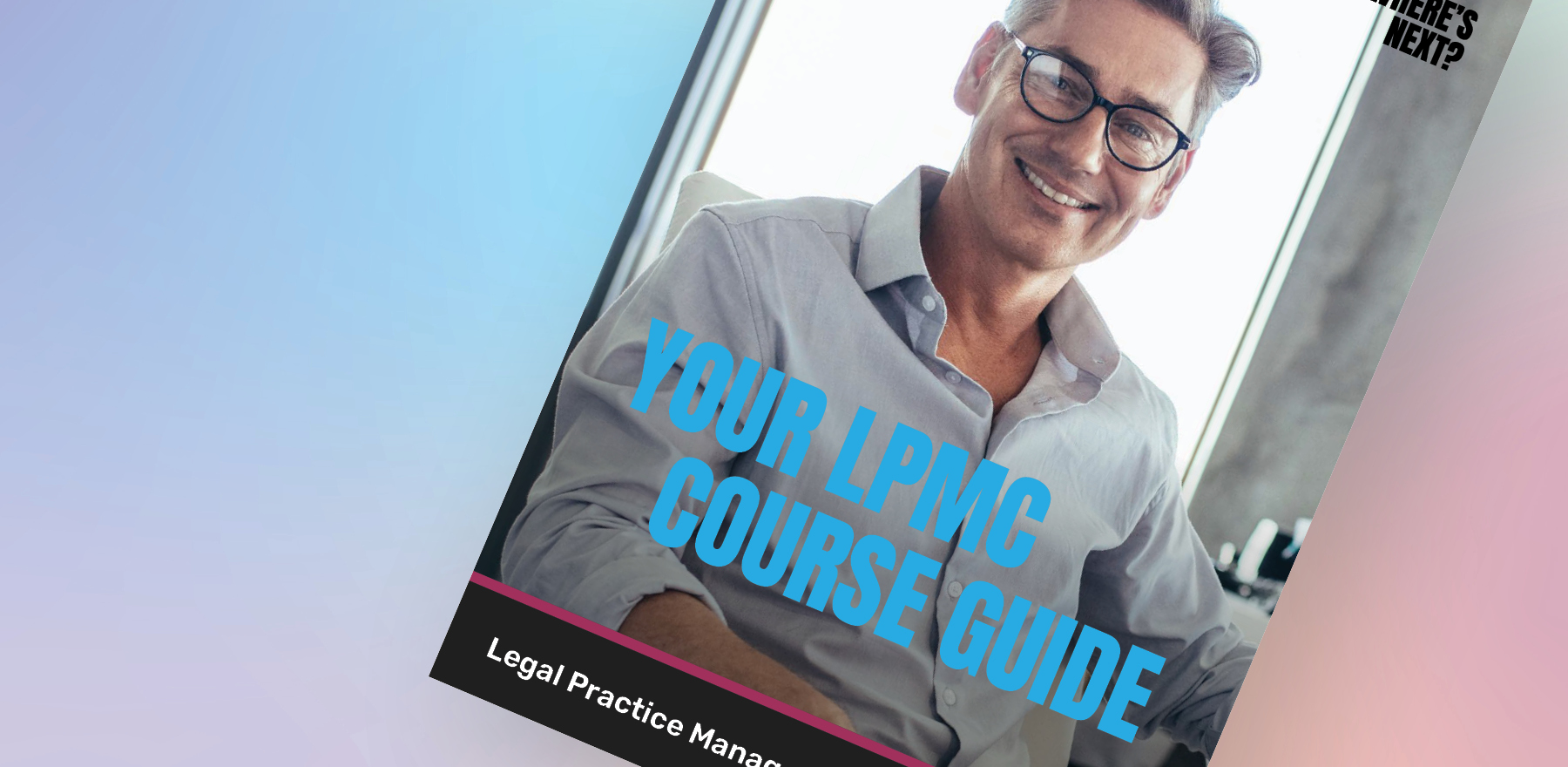
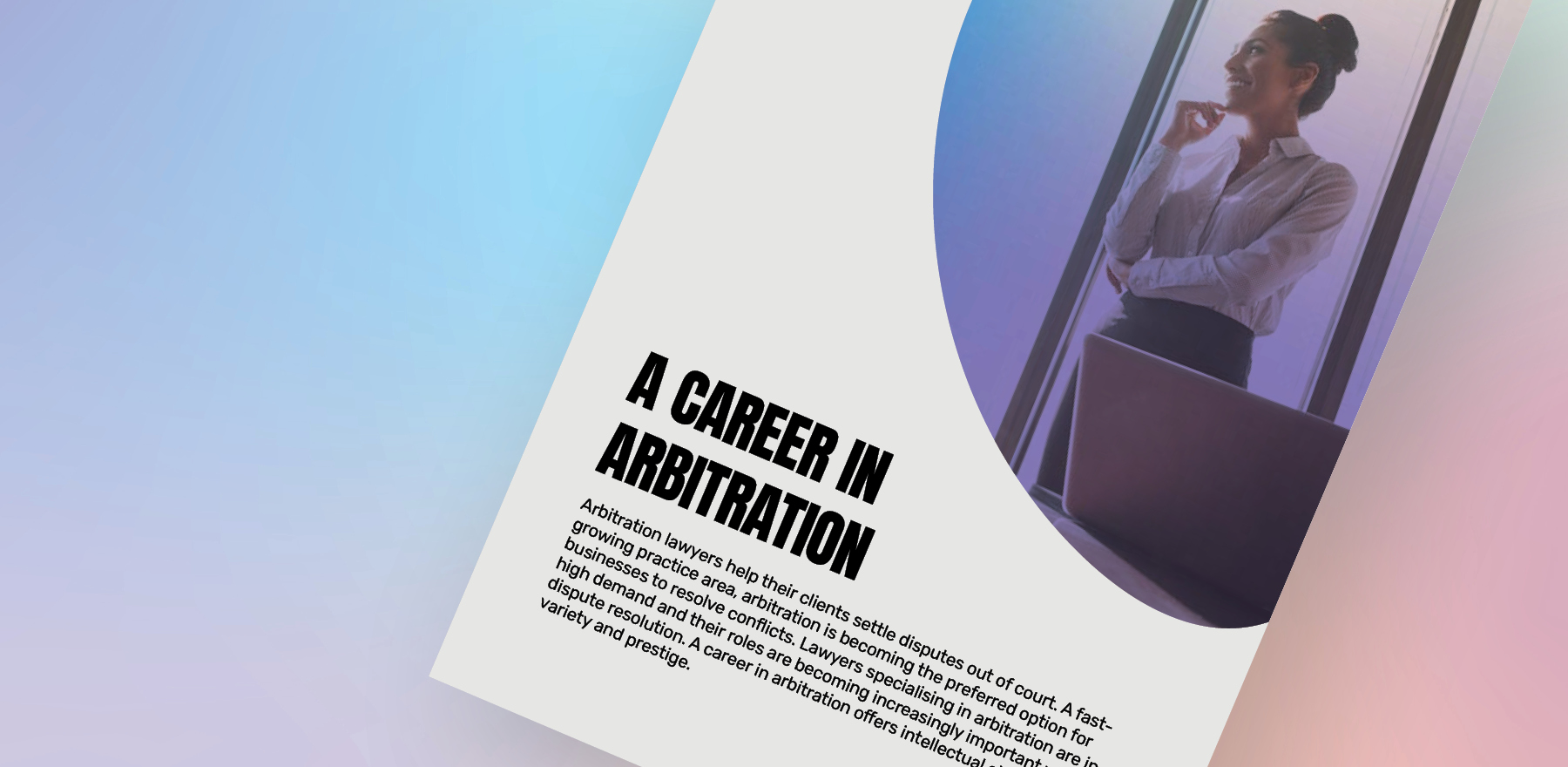



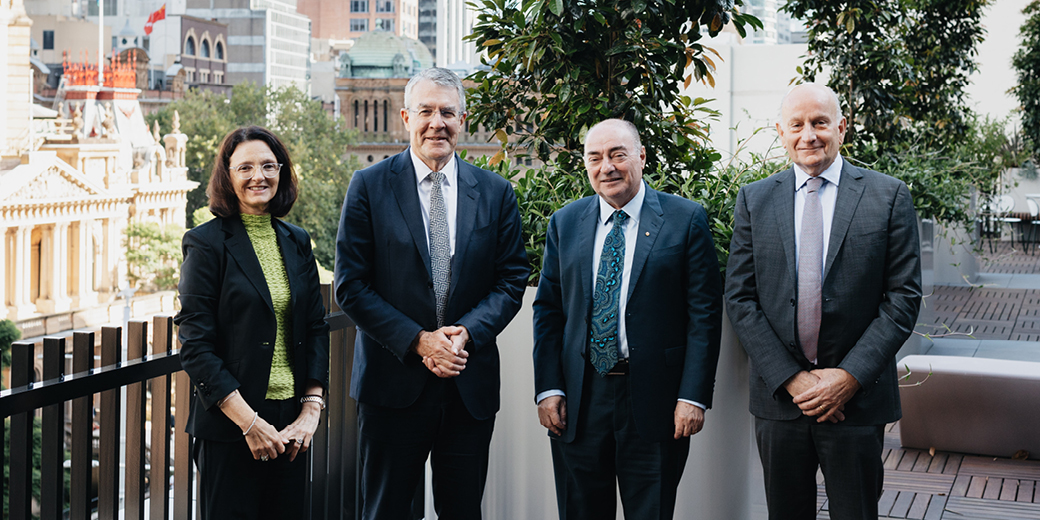








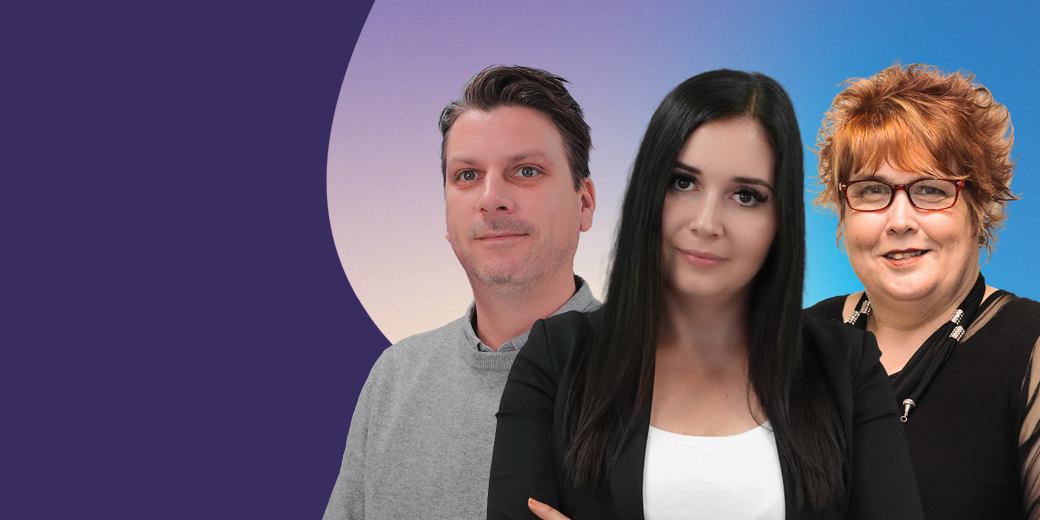




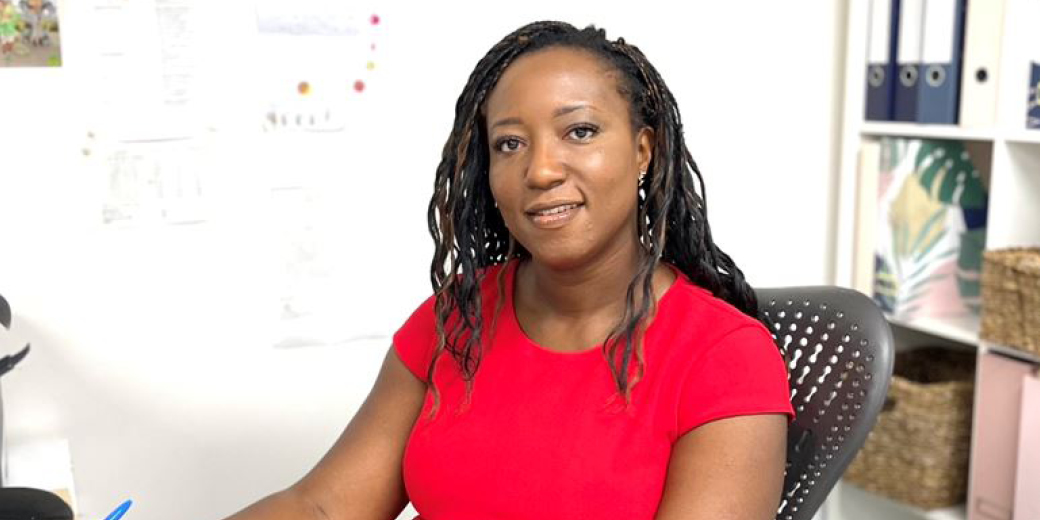


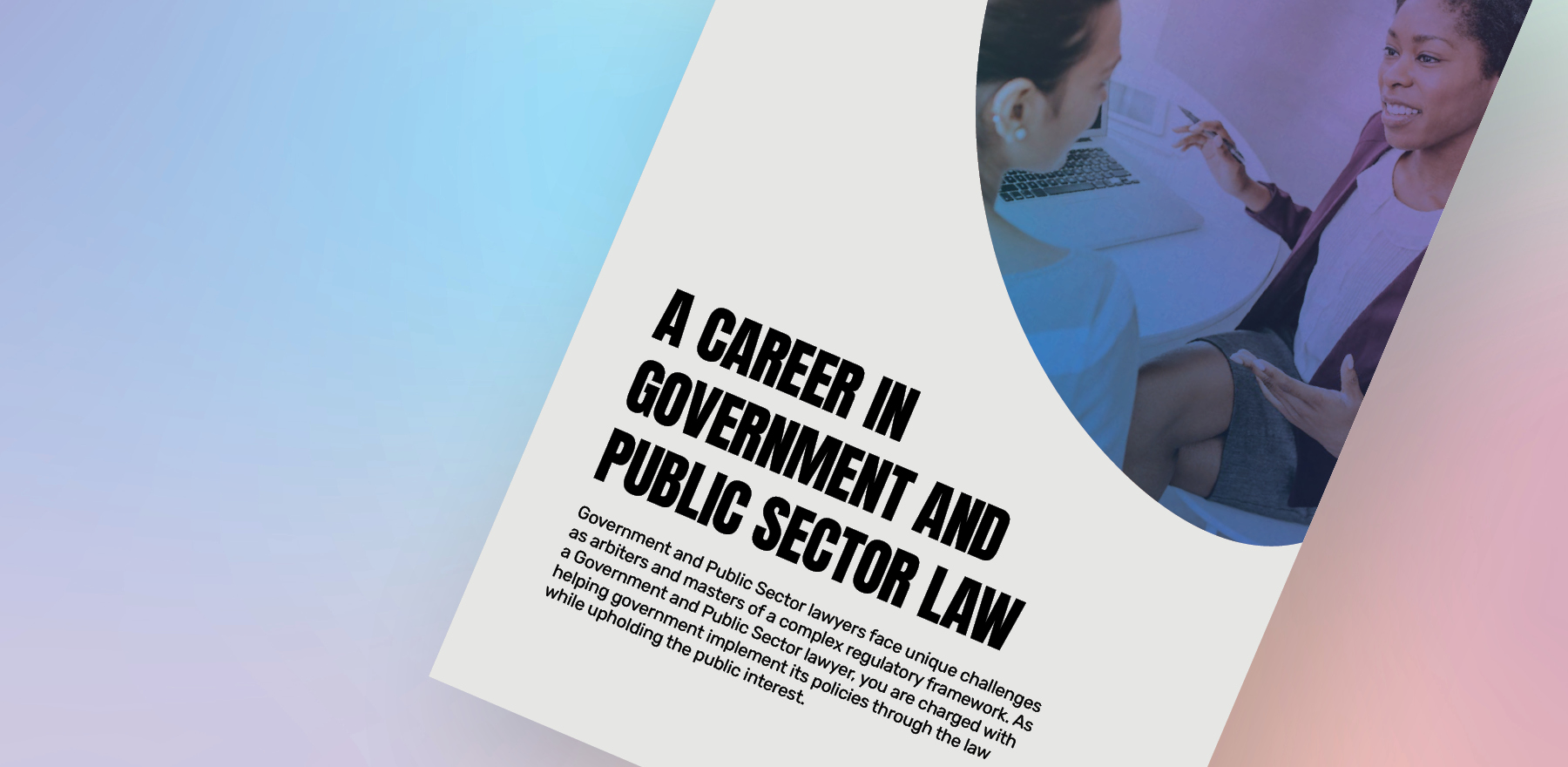


![How to handle Direct Speech after Gan v Xie [2023] NSWCA 163](https://images4.cmp.optimizely.com/assets/Lawyer+Up+direct+speech+in+drafting+NSW+legislation+OCT232.jpg/Zz1hNDU4YzQyMjQzNzkxMWVmYjFlNGY2ODk3ZWMxNzE0Mw==)






















